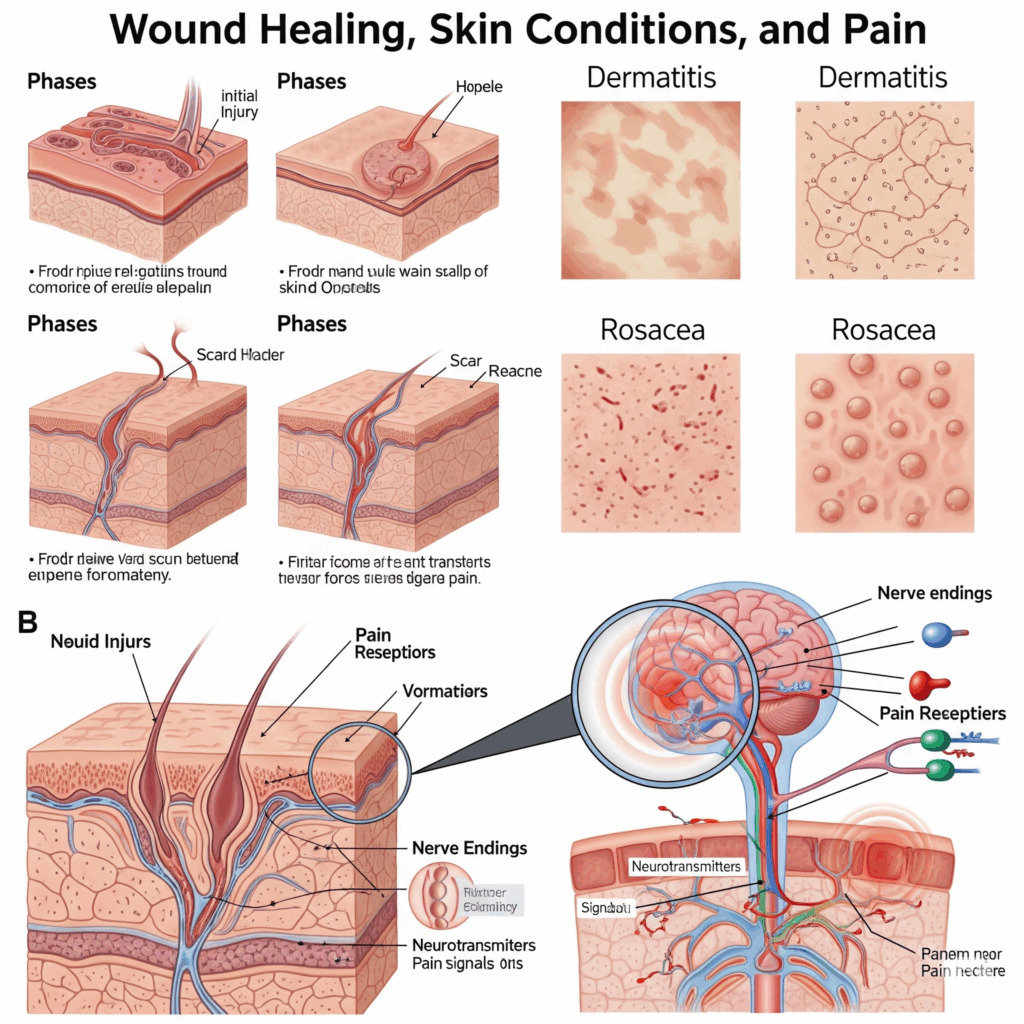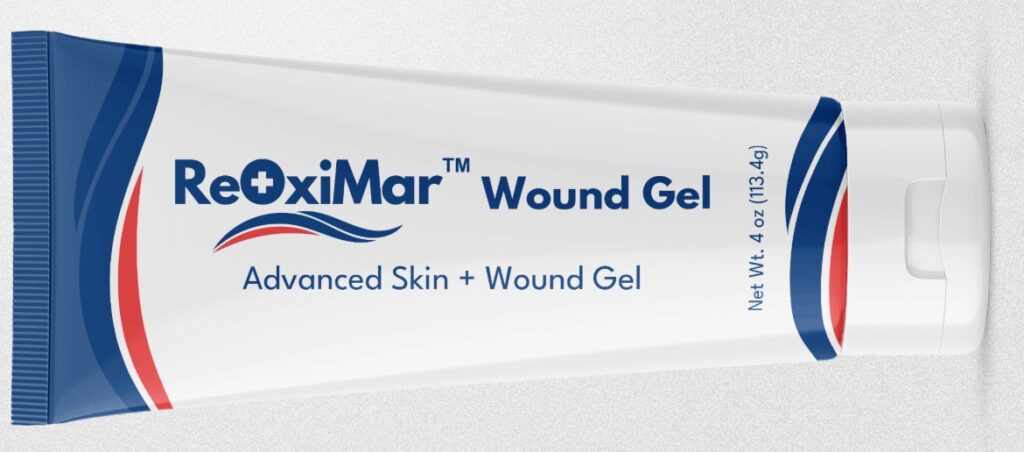In 2022, 431,429 Limbs Were LOST due to Inefficient Wound Care. Don’t Let That Happen To You
*We Can Help:

Wounds, if not Managed Properly, can quickly Escalate from a Manageable Concern to a much more Serious Issue.
Neglecting proper wound care can lead to a cascade of negative consequences Including:
* Increased Pain
* Restricted Movement
* Heightened Risk of Infection.
What might start as a minor Cut or Abrasion can, without adequate attention, develop into Severe Inflammation, potentially leading to Serious Illness or even the need for drastic interventions like Amputation. The KEY to Healing is to Get Help as Quickly as Possible.
Whether you’re managing a cut, scrape, burn, or skin irritation, ReOxiMar Gel helps you take control of skin care with confidence! This advanced, skin-friendly gel is powered by pure hypochlorous acid; a substance your own body produces to defend and repair.
Designed to gently cleanse and hydrate without irritation, ReOxiMar Gel supports a cleaner, calmer environment for skin recovery.
With Skin Conditions and Wounds, It’s Natural To Feel Isolated and Alone

Feeling isolated and alone is a common experience when dealing with challenging health issues like chronic wounds or skin conditions.
It’s easy to become overwhelmed by worry, exhaustion, and uncertainty, which can lead to a cloudy mental state and deep emotional distress. This can unfortunately progress into feelings of hopelessness and despair. Remember, you don’t have to face these struggles by yourself.
*To Get Help Now: PLEASE CONTACT US FOR A COMPLIMENTARY CONSULTATION.
Many People With Wounds Get it Wrong.
Many people with wounds encounter difficulties in their healing journey, leading to a range of undesirable outcomes, including:
– Severe Infections
– Painful and Ineffective Treatments
– Frustrating insurance issues.
– Lack of adequate care from overburdened medical professionals.
– Mismanagement of wounds can even lead to the necessity of amputated limbs.
Don’t let that happen to you. Please Feel Welcome to CONTACT US for a FREE Consultation. We CAN Help

Various types of wounds, including severe wounds, pressure ulcers, diabetic foot ulcers, bed sores, cellulitis, dehiced wounds, infected wounds, and other non-healing wounds require medical intervention. With wounds and skin conditions, understanding the line between what is acceptable for self care and when to call a medical professional can literally save your life, or limbs. When you have doubt or question, that is a good indication that contacting a medical professional trained in advanced wound care should be at the top of your list of priorities. Early care can prevent a future scare.

